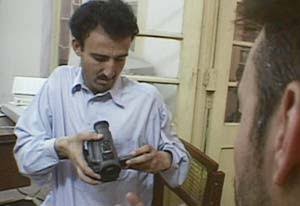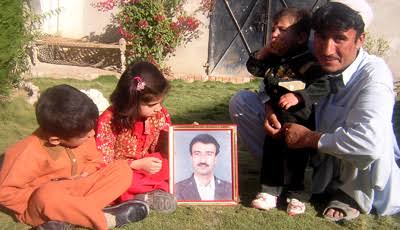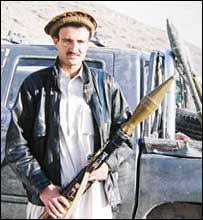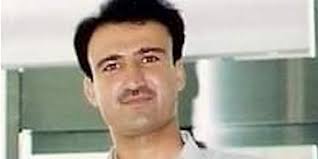Khan’s body had allegedly been thrown in Miran Shah’s marketplace, according to a Pakistani intelligence officer who went by the name Major Kamal. Hayatullah Khan was skinny, filthy, and still wearing the same clothing when his body was discovered.
In his final assignment in the lawless tribal territory of North Waziristan, Hayatullah Khan submitted images and a report that showed a Hellfire missile made by the United States had killed top al-Qaeda member Hamza Rabia in a home attack in the town of Miran Shah.
The article, which was published in the daily Ausaf, and the images, which were distributed by the European Pressphoto Agency, went against the Pakistani government’s official claim that Rabia had perished in a blast brought on by explosives found inside the house.

The journalist was kidnapped the following day, December 5, 2005, as his younger brother Haseenullah helplessly watched. Five gunmen had forced Khan’s automobile off the road. The phone rang at Khan’s family’s residence on June 16 at 4:40 p.m. after six months of speculation regarding Khan’s whereabouts.

His family didn’t receive his body until it was ready for burial. The hospital staff informed his family that he had sustained five to six gunshot wounds and one hand had been manacled in shackles commonly worn by the ISI.
Pakistan’s ambassador to the US suggested that the handcuffs might have been planted to implicate the government. There was no autopsy done and an investigation has not been made public.
According to Ali Mohammad Jan Orakzai, governor of the Northwest Frontier, North Waziristan is not safe enough to expose a judge to kidnapping or execution. Only the case of American Daniel Pearl has received any level of competence in the eight journalist murders in Pakistan since 2002.

Hayatullah Khan covered events in the federally administered tribal regions of his country.
Khan spent a lot of time writing on Al-Qaeda, the Taliban, and the fierce tribal fighting in Waziristan. He reported from the Pakistan-Afghanistan border, which at the time was among the most dangerous locations on earth. The European Pressphoto Agency handled the distribution of Hayatullah Khan’s reporting for the daily Ausaf in the Urdu language.
In order to capture the footage for the PBS Frontline documentary Return of The Taliban (2002), he shot 14 hours of video. Due to the risks in Waziristan, his exemplary work ethic, and his experience, he was also a fixer for international journalists, and Eliza Griswold claimed that he could charge hefty rates for his services.


